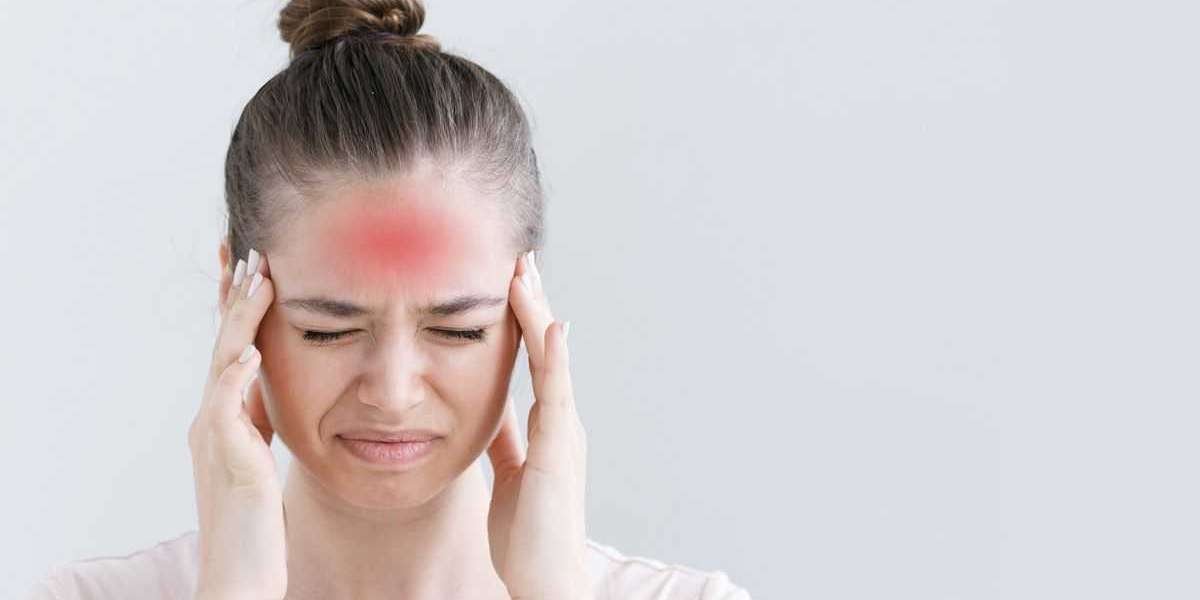Ah, the dreaded migraine! If you’ve ever suffered from one, you know it’s not just a bad headache. It’s a debilitating experience that can throw your entire day into disarray. Whether it’s that pounding pain, sensitivity to light, or the nausea that creeps in, migraines can be relentless. But here’s the good news: effective migraine headache therapy can be a game changer. This article dives into why such therapy is essential for pain relief, exploring not just the science but also the lived experiences of those who’ve found relief.
What Are Migraines?
Migraines are more than just typical headaches. They’re often characterized by severe, throbbing pain, usually on one side of the head. According to the World Health Organization, migraines rank among the top 20 most disabling medical conditions globally. Ouch! The pain can last anywhere from a few hours to several days, leaving you feeling utterly drained.
Common Symptoms
- Throbbing pain: Often severe, located on one side.
- Sensitivity to light and sound: Bright lights and loud noises can exacerbate the pain.
- Nausea or vomiting: These can accompany the headache, making it worse.
- Aura: Some experience visual disturbances before the headache begins.
Triggers
Various factors can trigger migraines, including:
- Stress: Emotional upheaval can lead to painful episodes.
- Diet: Certain foods, like aged cheeses and processed meats, can be culprits.
- Sleep patterns: Too little or too much sleep can throw your body off balance.
- Hormonal changes: Many women experience migraines linked to their menstrual cycles.
Understanding these triggers can be the first step toward effective migraine headache therapy.
Why Therapy is Essential
Pain Management
First and foremost, migraine headache therapy provides crucial pain management. For many, over-the-counter medications simply don’t cut it. Prescription medications, including triptans and ergotamines, are often necessary to relieve the pain. This isn’t just about alleviating discomfort; it’s about reclaiming your life. When your head is pounding, it’s nearly impossible to focus on anything else.
Preventive Strategies
Migraine headache therapy isn’t just about treating existing pain; it’s also about preventing future attacks. Preventive medications can significantly reduce the frequency and severity of migraines. These can include:
- Beta-blockers: Often used for high blood pressure, they can help lessen the number of migraines.
- Antidepressants: Certain types can be effective in reducing migraine frequency.
- Anti-seizure medications: These can also help prevent migraines in some individuals.
By proactively managing the condition, you can reduce the chances of an attack occurring in the first place.
Improving Quality of Life
The impact of chronic migraines extends beyond the physical. They can affect your work, relationships, and overall quality of life. Engaging in migraine headache therapy can help restore balance, allowing you to participate fully in daily activities. Many people report significant improvements in their relationships and productivity after finding an effective treatment plan.
Emotional Well-Being
Living with chronic pain can take a toll on mental health. Anxiety and depression are common among migraine sufferers. Effective therapy can help manage both the physical and emotional aspects of the condition, providing a more holistic approach to treatment. Many patients experience reduced anxiety when they find a treatment that works, leading to a more positive outlook on life.
Types of Migraine Headache Therapy
Medication Options
When it comes to migraine headache therapy, there are several medication options available:
- Acute Treatments: These are taken during a migraine attack to relieve pain. Common choices include:
- Triptans (e.g., sumatriptan)
- Over-the-counter pain relievers (e.g., ibuprofen)
- Anti-nausea medications
- Preventive Treatments: These are taken daily to reduce the frequency of migraines. Some common options are:
- Beta-blockers (e.g., propranolol)
- Antidepressants (e.g., amitriptyline)
- Anti-seizure drugs (e.g., topiramate)
Non-Medical Approaches
While medication can be effective, non-medical approaches are also valuable components of migraine headache therapy. Consider the following:
- Cognitive Behavioral Therapy (CBT): This can help manage the emotional aspects of migraines.
- Biofeedback: This technique teaches you to control bodily functions, helping reduce pain.
- Acupuncture: Some find relief through this traditional Chinese practice.
Lifestyle Changes
Don’t underestimate the power of lifestyle changes in migraine management. Here are a few simple strategies:
- Regular Sleep Schedule: Aim for consistency to help stabilize your body’s internal clock.
- Hydration: Drink plenty of water throughout the day.
- Balanced Diet: Avoid known trigger foods and maintain regular meal times.
- Stress Management: Engage in activities that promote relaxation, such as yoga or meditation.
Alternative Therapies to Explore
In addition to conventional treatments, many individuals find relief through alternative therapies. These approaches can complement traditional migraine headache therapy:
- Essential Oils: Lavender and peppermint oils are known for their soothing properties. Applying diluted oils to your temples or using a diffuser can create a calming environment.
- Herbal Supplements: Butterbur and feverfew are two herbs that some people find beneficial in reducing the frequency of migraine attacks. However, consult with your doctor before trying these to avoid potential interactions with other medications.
- Mindfulness and Meditation: Practicing mindfulness can help reduce stress, a common migraine trigger. Incorporate short meditation sessions into your daily routine to enhance relaxation.
The Role of Physical Activity
Regular physical activity can be a powerful ally in your migraine headache therapy arsenal. Exercise not only helps reduce stress but can also improve your overall well-being. Here are a few tips for incorporating exercise into your routine:
- Start Slow: If you’re not used to exercising, begin with light activities like walking or stretching. Gradually increase the intensity as your body adjusts.
- Stay Consistent: Aim for regular workouts to reap the benefits. Find activities you enjoy, whether it’s dancing, swimming, or yoga.
- Listen to Your Body: Pay attention to how your body responds to exercise. If you notice an increase in migraines after a workout, consider adjusting the intensity or duration.
Wrap-up
If you’re ready to take control of your migraines and explore personalized therapy options, it’s time to act! Reach out to professionals who specialize in headache management, such as those at Pang Physical Therapy. They can help you discover effective strategies tailored to your unique needs. Don’t let migraines dictate your life any longer—embrace the path to relief today!
FAQs
Q:1 What should I do if my medication doesn’t work?
A: Talk to your doctor about trying different medications or therapies.
Q:2 Are there any natural remedies for migraines?
A: Some people find relief with herbal supplements or acupuncture.
Q:3 How long does it take to find an effective treatment?
A: It can vary, but many people find relief within a few weeks of starting a new therapy.














